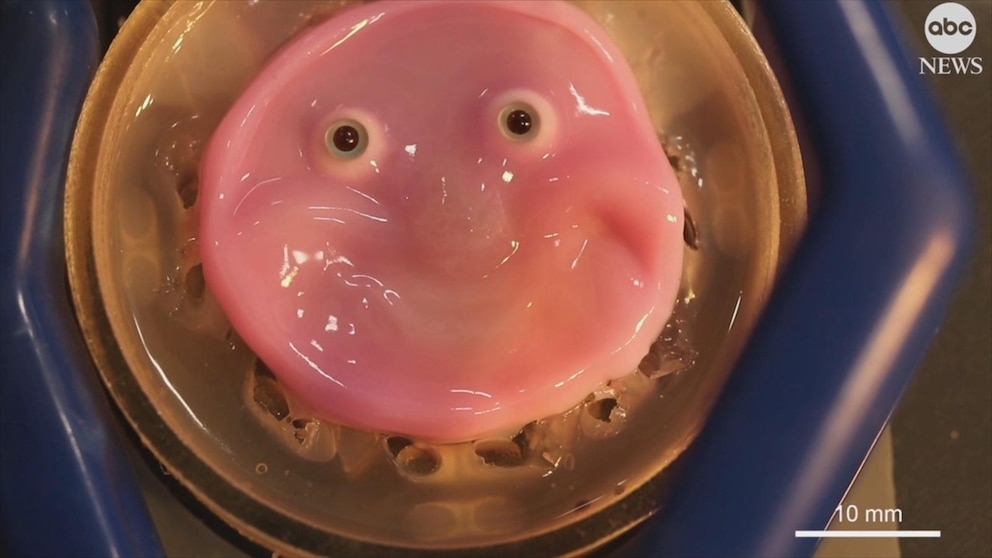Japanese Scientists Create Robot Face with Living Skin That Can Smile
In a groundbreaking development in the realm of robotics and artificial intelligence, Japanese scientists have unveiled a robot with a face made of living skin that can actually smile. Yes, you read that right—a robot face with living tissue! This innovation has sparked a lot of excitement across the globe, particularly among those curious about the future of AI.
What’s The Big Deal?
Imagine walking down the bustling streets of Tokyo, with its neon lights and lively crowds, and spotting a robot that not only looks human but can also smile at you with genuine warmth. This robot face, crafted from living skin cells, offers an unprecedented glimpse into how we might integrate technology with human-like interactions. It could one day revolutionize care for the elderly or even serve as companions for those in need of emotional support.
A Peek Behind the Science
So, how did they pull this off? The researchers, based in Kyoto, have combined advanced robotics with bioengineering to create a lifelike facial structure. By using a special technique that cultivates human skin cells, they’ve managed to create a distinctive outer layer that reacts to stimuli, allowing the robot to smile or frown.
This isn’t just a robotic gimmick. Imagine a scenario where healthcare robots assist patients in hospitals or at home, providing not only practical aid but also emotional connection through facial expressions. It’s a future that’s no longer just a distant dream.
Real-Life Implications
Technology enthusiasts and AI advocates are buzzing about the practical applications of this research. Consider a real-life scenario where a robot caring for an elderly person can express empathy and engage in simple conversations, improving the patient’s quality of life significantly. Or think about public spaces like Shibuya Crossing, bustling as usual, where these robots can provide tourist assistance with a friendly smile—making the experience more enjoyable.
The Ethical Debate
Of course, with innovation comes questions. The ethics surrounding robots with such lifelike capabilities spark some intriguing debates. Will people form emotional attachments to these robots? And as they become more human-like, how do we ensure they’re programmed to interact safely and respectfully? These questions are critical as we march forward into this new age of AI.
Unique Takeaways from the Research
From my perspective, this innovation offers a unique opportunity to deepen our understanding of human-robot interactions. It’s not just about creating cool tech; it’s about bridging the gap between technology and human emotion. The potential for improvement in mental health care through companionship robots is immense and cannot be overlooked.
Join the Conversation!
As we reflect on these advancements, the excitement is palpable. The integration of living skin into robotic constructs may usher in a new era where robots are not just tools but companions. It’s a thrilling time for all who are captivated by the potential of AI.
Feel free to share your thoughts on this fascinating topic! What do you think about robots with living skins? How do you envision their role in our everyday lives?
The AI Buzz Hub team is excited to see where these breakthroughs take us. Want to stay in the loop on all things AI? Subscribe to our newsletter or share this article with your fellow enthusiasts.




